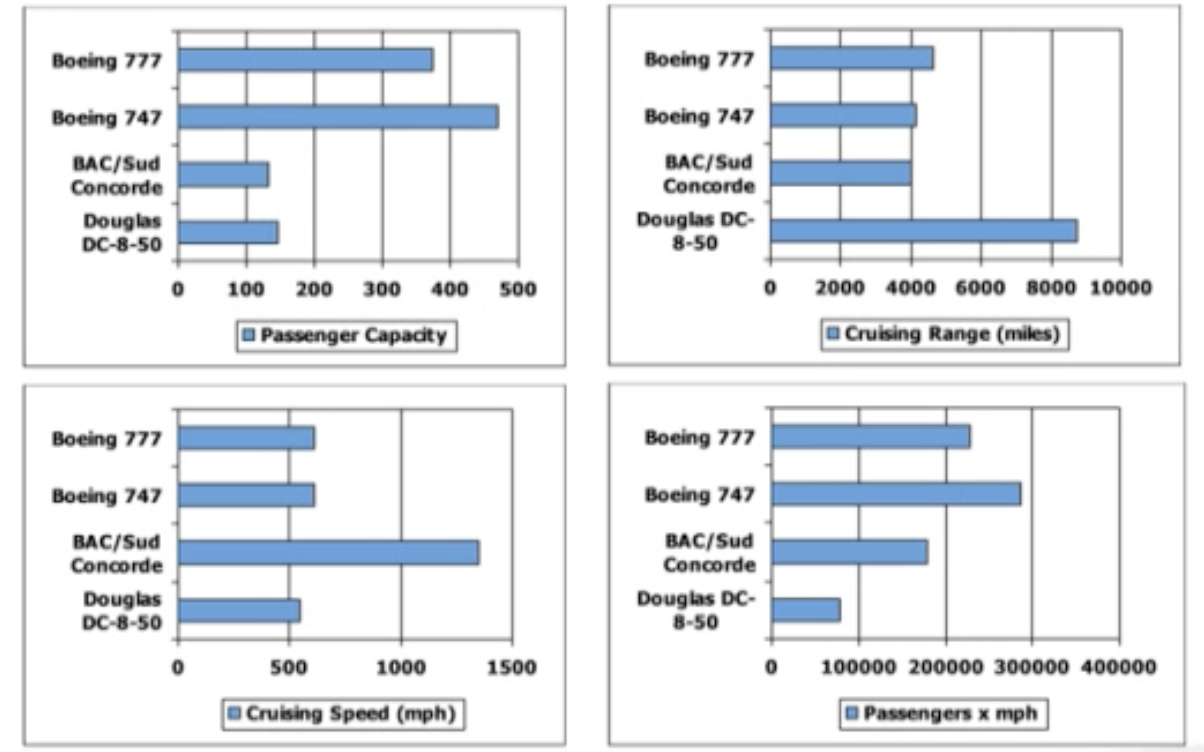Computer Abstractions and Technology
Moore's Law
하나의 싱글 칩에 들어갈 수 있는 트랜지스터의 수가 매년 2배씩 늘어나는 법칙
What You Will Learn
- How Programs are translated into the machine language
- The hw/sw interface
- What determines program performance
- How hardware designers imporve performance
Eight Great Ideas in Computer Architecture
- Design for Moore's Law
- Use abstraction to simplify design design
- Make the common cast fast
- Performance via parallelism
- Performance via pipelining
- Performance via prediction
- Hierarchy of memories
- Dependability via redundancy (redundancy를 통한 안정성 / 신뢰성 획득)
Below Your Program
- Application software
- high-level language로 작성됨
- System software
- Compiler: HLL code > machine code로 translate
- Operating System
- Hardware
- Processor, memory, I/O controllers
Levels of Program Code
- High-level language
- Level of abstraction closer to problem domain
- Assembly language
- Textual representation of instructions
- Hardware representation
- Binary digits (bits)
- Encoded instructions and data
Under the Covers
Inside the Processor(CPU)
- Datapath: performs operations on data
- Control: sequences datapath, memory, ...
- Cache memory
- Small fast SRAM memory for immedicate access to data
A Safe Place for Data
- Volatile main memory(휘발성 메인 메모리, DRAM)
- Loses instructions and data when power off
- Non-volatile secondary memory memory(저장장치, storage)
- Magnetic disk
- Flash Memory
- Optical
Networks
- Communication, resource sharing, nonlocal access
- Local area network (LAN): Ethernet
- Wide area network (WAN): the Internet
- Wireless network: WIFI, Bluetooth
Technologies for Building Processors and Memory
Performance
Defining Performance
- 어떤 항공기가 가장 좋은 performance를 가지고 있나?

- performance를 어떻게 정의하냐에 따라 다르기 때문에, performance를 잘 정의하는 것이 중요하다.
Response Time and Throughput
- Response time(latency)
- How long it takes to do a task(작업 시간)
- Throughput
- Total work done per unit time(단위 시간 당 작업의 양)
- e.g., tasks/transactions/... per hour (시간당 task, transaction 수)
- Total work done per unit time(단위 시간 당 작업의 양)
- How are response time and throughput affected by
- Replacing the processor with a faster version? : responsetime 감소, throughput 증가
- Adding more processors? : throughput만 증가
- We'll focus on response time for now... (지금 시점부터는 response time에 집중)
Relative Performance(상대)
- Define Performance = 1 / Execution Time
- "X is n time faster than Y"
- Performance(x) / Performance(y) = Execution time(y)/Execution time(x) = n
- Ex. time taken to run a program
- 10s on A, 15s on B
- Execution Time(B) / Execution Time(A) = 15 / 10 = 1.5
- S A is 1.5 times faster than B
Measuring Execution Time
- Elapsed time
- Total response time, including all aspects(아래를 다 고려한 전체 걸리는 시간)
- Processing, I/O, OS overhead, idle time
- Determines system performance
- Total response time, including all aspects(아래를 다 고려한 전체 걸리는 시간)
- CPU time
- Time spent processing a given job(주어진 작업을 실제 실행하는 시간)
- Discounts I/O time, other jobs' shares
- Comprises user CPU time and system CPU time
- Diffrent programs are affected differentyl by CPU and system performance
- Time spent processing a given job(주어진 작업을 실제 실행하는 시간)
CPU Clocking
- Operation of digital hardware governed by a constant-rate clock

-
하나의 Clock period는 rising edge, falling edge 하나로 구성되어있음
-
Clock period: duration of a clock cycle
-
Clock frequency(rate): cycles perseconds
-
CC = 1 / CR
중간 정리
- Performance는 throughput과 response time으로 정의된다.
CPU Time

- Performance improved by
- Reducing number of clock cycles
- Increasing clock rate
- Hardward designer must often trade off clock rate against cycle count(clock rate는 cycle count와 비례)